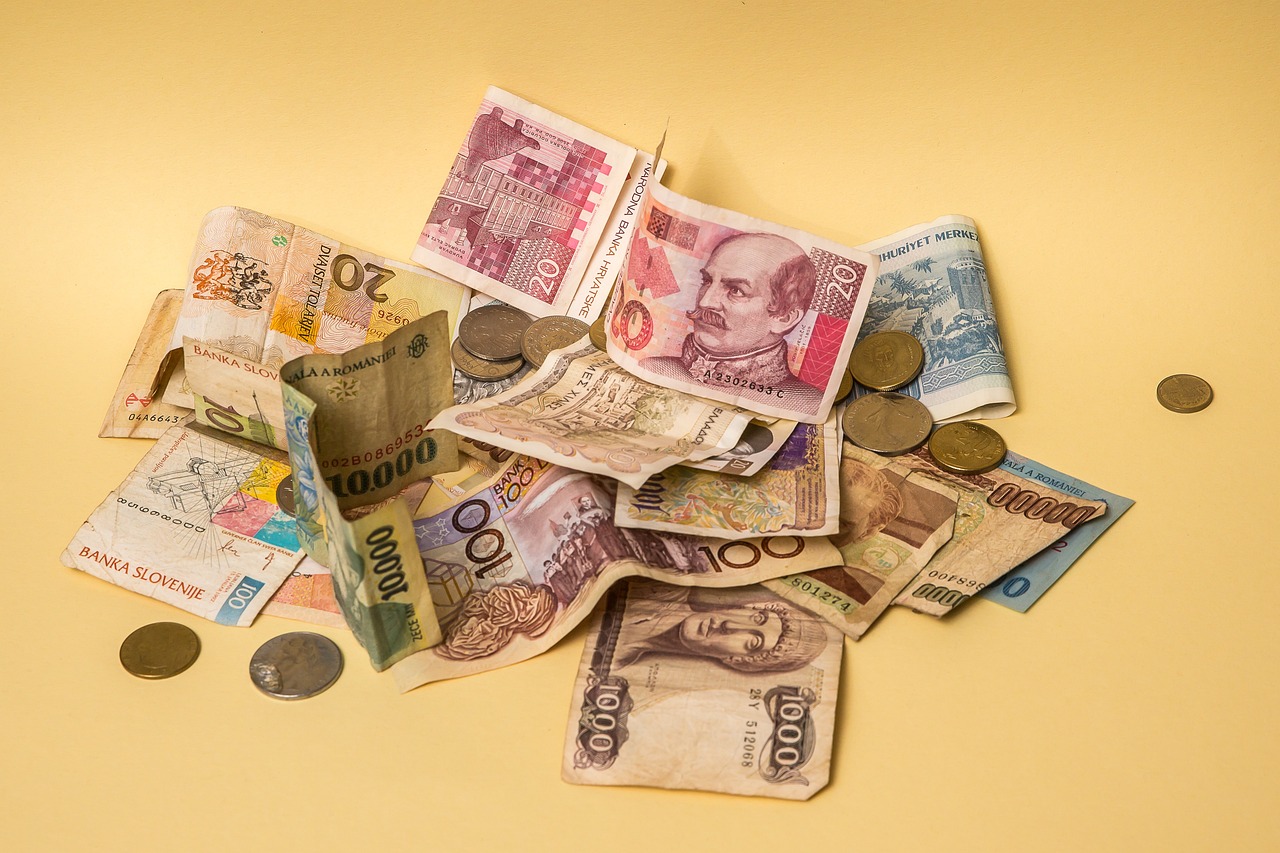Thai Baht to USD Exchange Rates: Historical Highs, Lows, and Economic Impacts
GPT_Global - 2025-10-29 12:00:50.0 248
What’s the highest recorded value of 1 Thai Baht against the USD?
When dealing with remittance, understanding currency exchange rates is crucial. One of the most frequently asked questions is about the highest recorded value of 1 Thai Baht against the USD. This can directly impact the amount sent or received when transferring money abroad.
The highest recorded value of the Thai Baht against the US Dollar occurred in 1997, before the Asian financial crisis. At that time, 1 Thai Baht was valued at approximately 25 Baht to 1 USD. This marked the strongest exchange rate in recent history, reflecting the economic stability of Thailand at the time.
However, in the years following the crisis, the Thai Baht’s value fluctuated significantly. For those in the remittance business, knowing such historical peaks and dips can help anticipate potential gains or losses when sending money between Thailand and other countries.
Understanding these fluctuations is essential for both businesses and individuals making international money transfers, ensuring that they can take advantage of favorable exchange rates when possible.

What is the lowest exchange rate ever for the Thai Baht to USD?
The Thai Baht (THB) has experienced fluctuations against the US Dollar (USD) over the years, with one of the lowest exchange rates occurring during the 1997 Asian financial crisis. At the height of the crisis, the Thai Baht depreciated sharply, with the exchange rate dropping to approximately 56 THB to 1 USD. This marked a significant low in the currency's history, impacting businesses and remittance services across the region.
For remittance businesses, such exchange rate changes play a crucial role in shaping the cost of sending money internationally. When the Baht is weak, recipients in Thailand receive more local currency for each US Dollar sent, providing increased purchasing power. However, the volatility in exchange rates also highlights the importance of choosing a reliable remittance service to secure the best possible rate for transfers.
With remittance being a vital part of the Thai economy, understanding these exchange rate dynamics is key for both senders and recipients. Businesses involved in remittance need to stay informed about currency fluctuations to help their customers maximize the value of their money transfers.
Why does the exchange rate between the Thai Baht and US Dollar fluctuate?
Understanding the fluctuations in the exchange rate between the Thai Baht and the US Dollar is crucial for businesses and individuals involved in international remittances. Several factors contribute to these shifts, including economic conditions, political events, and market speculation.
One of the primary drivers is the balance of trade. If Thailand exports more than it imports, demand for the Thai Baht rises, strengthening the currency. Conversely, if Thailand imports more than it exports, the Baht weakens as demand for foreign currencies increases.
Interest rates also play a significant role. The Central Bank of Thailand and the Federal Reserve in the United States adjust interest rates based on inflation and economic growth. A higher interest rate in one country attracts foreign capital, influencing the exchange rate.
Market sentiment and geopolitical events further contribute to exchange rate fluctuations. Political instability, changes in government policies, and natural disasters can cause investor uncertainty, impacting the Baht’s value.
For remittance businesses, staying updated on these factors is vital for offering competitive exchange rates and ensuring smooth cross-border money transfers.
How does inflation in Thailand affect the Baht to USD conversion rate?
Inflation in Thailand plays a crucial role in determining the value of the Thai Baht (THB) against the US Dollar (USD), directly impacting remittance services. When inflation rises in Thailand, the cost of goods and services increases, reducing the purchasing power of the Baht. This economic pressure often leads to a depreciation of the Baht against the USD, as investors may seek more stable currencies.
For remittance businesses, this fluctuation in exchange rates means that the value of funds being sent to Thailand may change. A weaker Baht can result in recipients receiving less value for each USD sent. Conversely, when the Baht strengthens, recipients may see more funds in their local currency. Understanding these trends is vital for those involved in cross-border money transfers.
Remittance companies need to keep track of inflation rates and exchange rate movements to offer competitive services. Providing customers with up-to-date information and strategies can help them maximize the value of their transfers, ensuring they get the most out of their remittance efforts.
How does the Thai economy impact the value of the Baht versus the USD?
The Thai economy plays a significant role in determining the value of the Baht (THB) against the US Dollar (USD). Factors such as GDP growth, inflation rates, trade balances, and government policies directly influence currency exchange rates. For instance, a strong Thai economy typically strengthens the Baht, making it more valuable against the USD. Conversely, if Thailand's economic performance weakens, the Baht tends to depreciate, increasing the value of the USD relative to the Baht.
One of the key drivers of the Thai Baht’s value is Thailand's exports, including agricultural products, electronics, and tourism. A booming export sector can result in higher demand for the Baht, which strengthens its exchange rate against the USD. On the other hand, trade deficits, where imports exceed exports, may put downward pressure on the Baht, causing it to lose value relative to the USD.
For businesses in the remittance industry, fluctuations in the Baht/USD exchange rate have a direct impact on cross-border money transfers. A weaker Baht means that remitters from countries like the US may send more money to Thailand, as their funds will be worth more. Conversely, a stronger Baht can make remittance transfers less valuable for recipients. Understanding these trends can help remittance services optimize their offerings and stay competitive.
About Panda Remit
Panda Remit is committed to providing global users with more convenient, safe, reliable, and affordable online cross-border remittance services。
International remittance services from more than 30 countries/regions around the world are now available: including Japan, Hong Kong, Europe, the United States, Australia, and other markets, and are recognized and trusted by millions of users around the world.
Visit Panda Remit Official Website or Download PandaRemit App, to learn more about remittance info.



